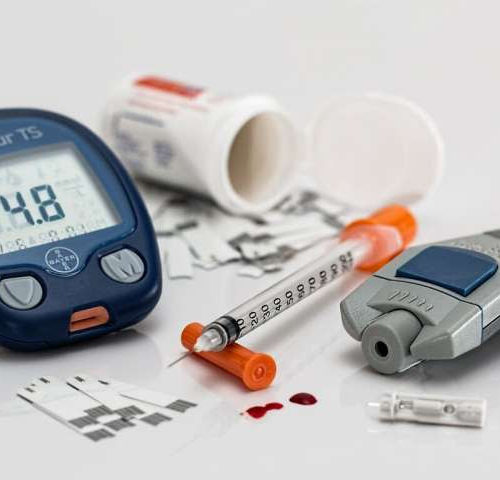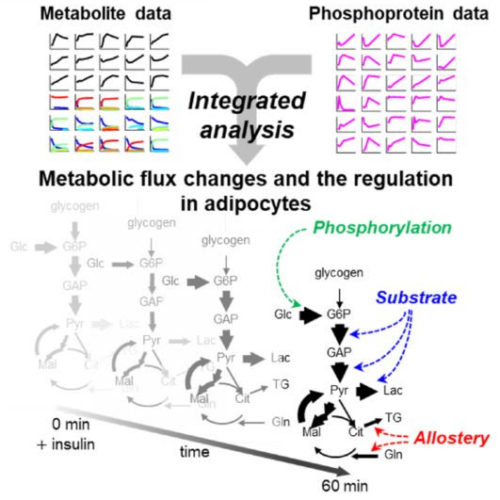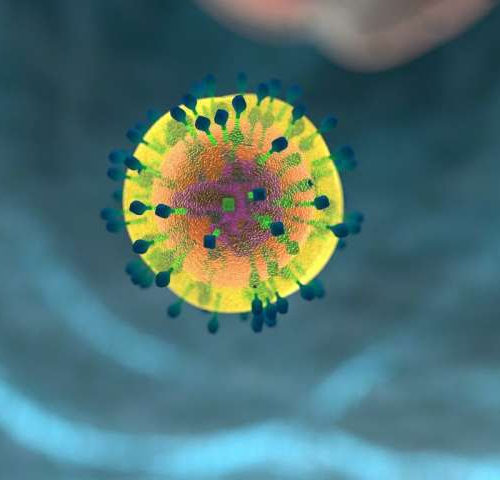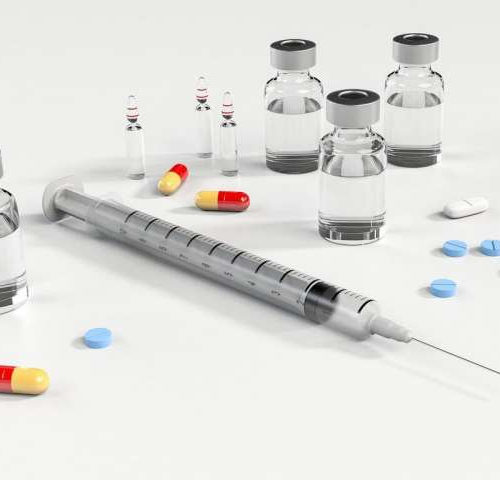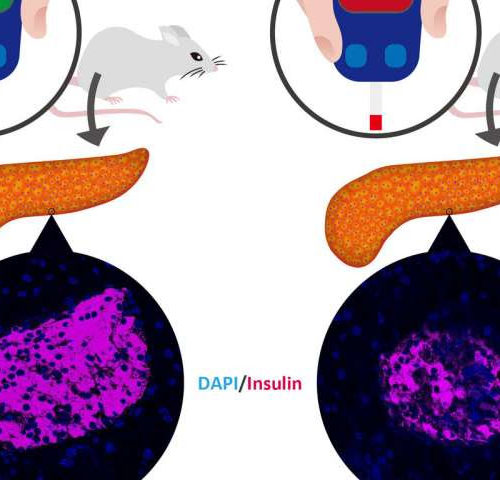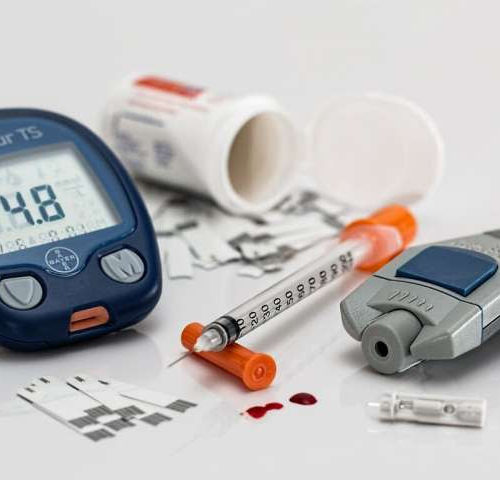by Centenary Institute Credit: CC0 Public Domain Research led by the Centenary Institute has discovered that the lack of an enzyme in the liver called sphingosine kinase 2 (SphK2) results in pronounced insulin resistance and glucose intolerance, both symptoms of early stage type 2 diabetes. The findings raises the possibility of a new treatment approach for diabetic...
Category: <span>Diabetes</span>
Loneliness predicts development of type 2 diabetes
KING’S COLLEGE LONDON Published in the journal Diabetologia (the journal of the European Association for the Study of Diabetes [EASD]), the study shows that it is the absence of quality connections with people and not the lack of contact that predicts the onset of type 2 diabetes, suggesting that helping people form and experience positive relationships could...
The hormone glucagon may be a warning light for diabetes
UNIVERSITY OF COPENHAGEN THE FACULTY OF HEALTH AND MEDICAL SCIENCES Up to one in four Danes has an unhealthy accumulation of fat in the liver, also known as fatty liver. Fatty liver is rarely the cause of symptoms in itself, but people with fatty liver have an increased risk of developing diabetes. Exactly how the...
Regulators of metabolism, diabetes identified with new technique
Researchers used a new approach to understand how insulin, the hormone connected to diabetes, changes metabolism. Using lab-grown mouse fat cells, they identified 10 reactions that are regulated by a small number of enzymes. “It was surprising that regulation of only a few key enzymes was sufficient to induce changes in overall insulin-induced glucose metabolism,”...
Pro-inflammatory lipids precede type 1 diabetes onset in mouse model and children
by Jeff Hansen, University of Alabama at Birmingham Type 1 diabetes, or T1D, is an autoimmune disease in which the body’s immune cells—led by inflammatory macrophages—attack and destroy the beta cells of the pancreas that produce insulin. Researchers have long tried to unravel the signaling that provokes this attack. One of the less-studied forms of signaling...
Protein discovery could improve type 2 diabetes treatment
by University of Melbourne A world first discovery of how a protein works in the liver could lead to a more effective type 2 diabetes drug. The University of Melbourne-led study found that the SMOC1 protein, which is naturally produced by the liver, can decrease blood glucose levels. An engineered form of SMOC1 could therefore...
A surprising protein player in diabetes
by Okinawa Institute of Science and Technology A protein that’s common throughout the body plays a key role in regulating glucose levels, says new research conducted in the Cell Signal Unit at the Okinawa Institute of Science and Technology Graduate University (OIST) and Riken Center of Integrative Medical Sciences. Called CNOT3, this protein was found...
Blocking nerve signals to the pancreas halts type 1 diabetes onset in mice
New LJI discovery could help explain patterns of cell death in many autoimmune diseases LA JOLLA INSTITUTE FOR IMMUNOLOGY LA JOLLA–Your pancreas is a little sweet potato-shaped organ that sits snug behind your stomach. The pancreas is studded with islets, the cell clusters that house insulin-producing beta cells. In people with type 1 diabetes, the...
Risk of diabetes complications increases with elevated levels of NT-proBNP
DEUTSCHES ZENTRUM FUER DIABETESFORSCHUNG DZD Healthy people – especially women – with elevated levels of the heart failure marker NT-proBNP have a lower risk of developing type 2 diabetes. However, if these people develop diabetes nonetheless, they are more likely to suffer from macro- and microvascular complications such as heart attack, stroke, or severe damage...
Smartphones may help detect diabetes
by University of California, San Francisco Researchers at UC San Francisco have developed a ‘digital biomarker’ that would use a smartphone’s built-in camera to detect Type 2 diabetes—one of the world’s top causes of disease and death—potentially providing a low-cost, in-home alternative to blood draws and clinic-based screening tools. Type 2 diabetes affects more than...

